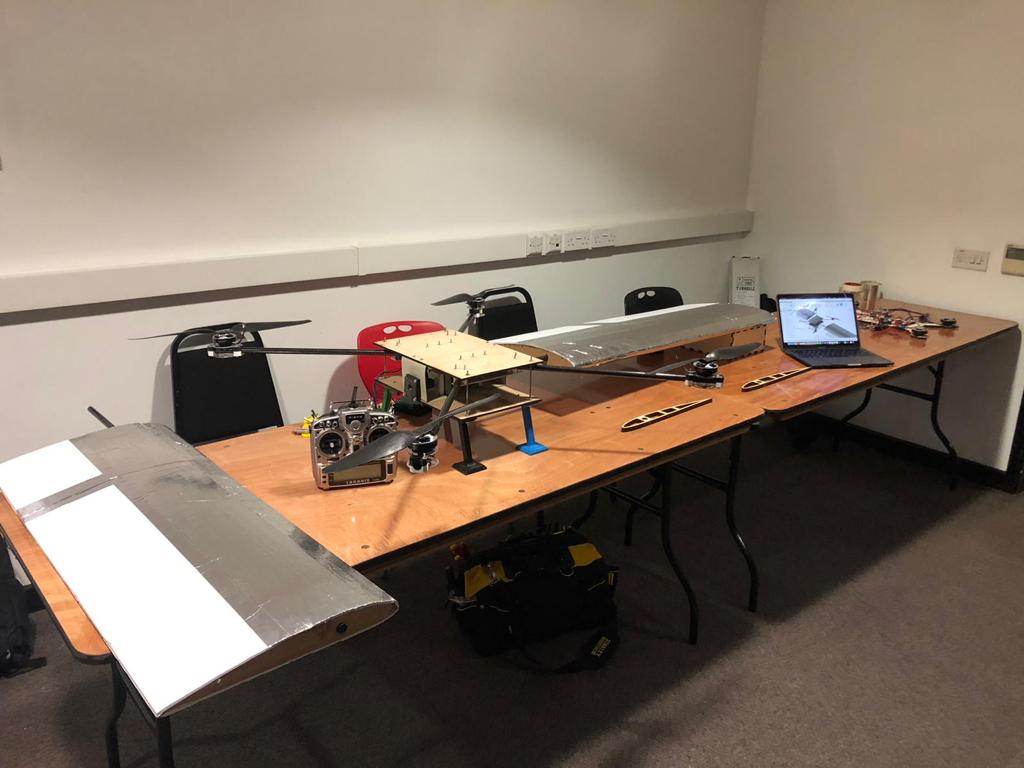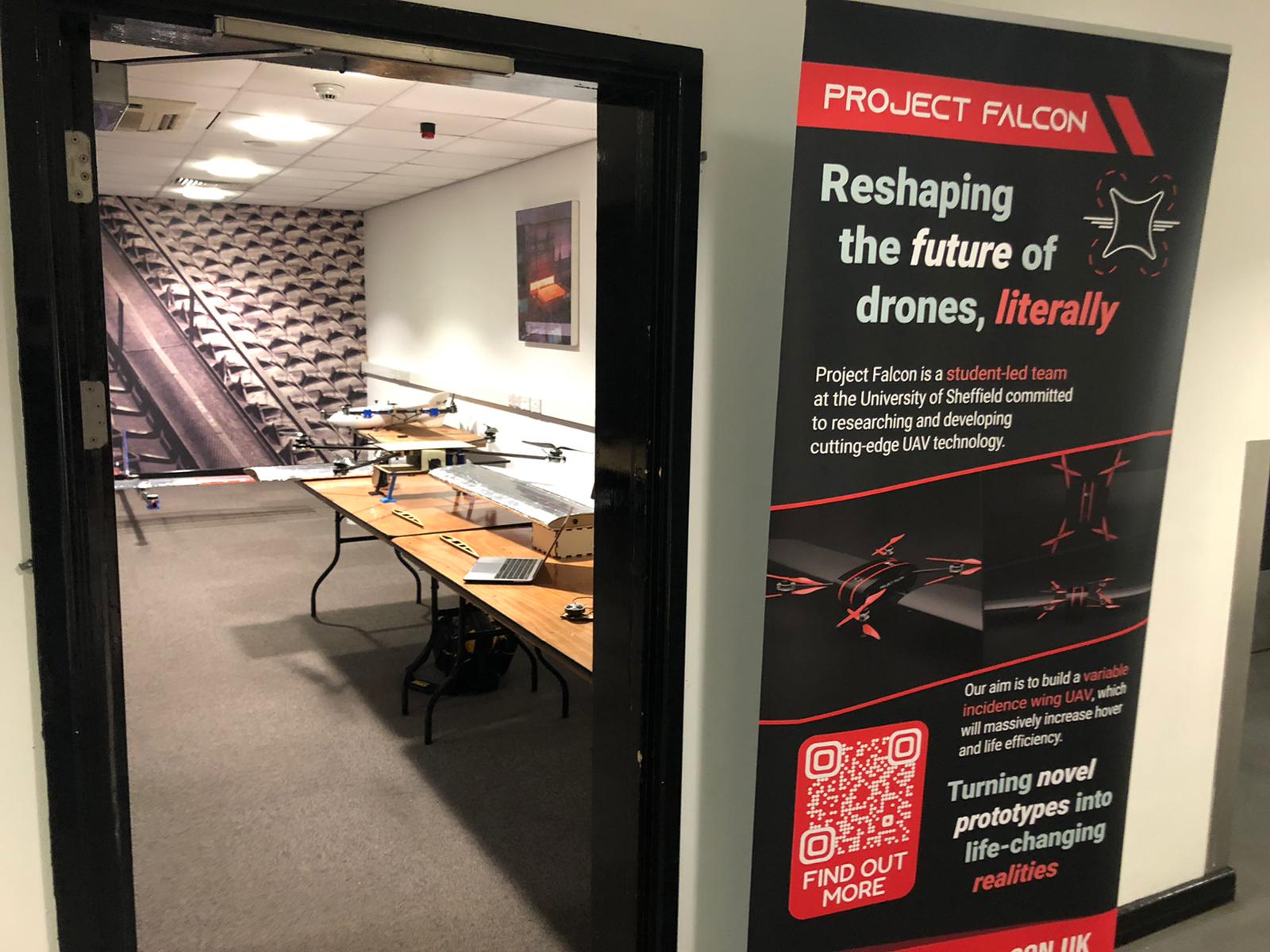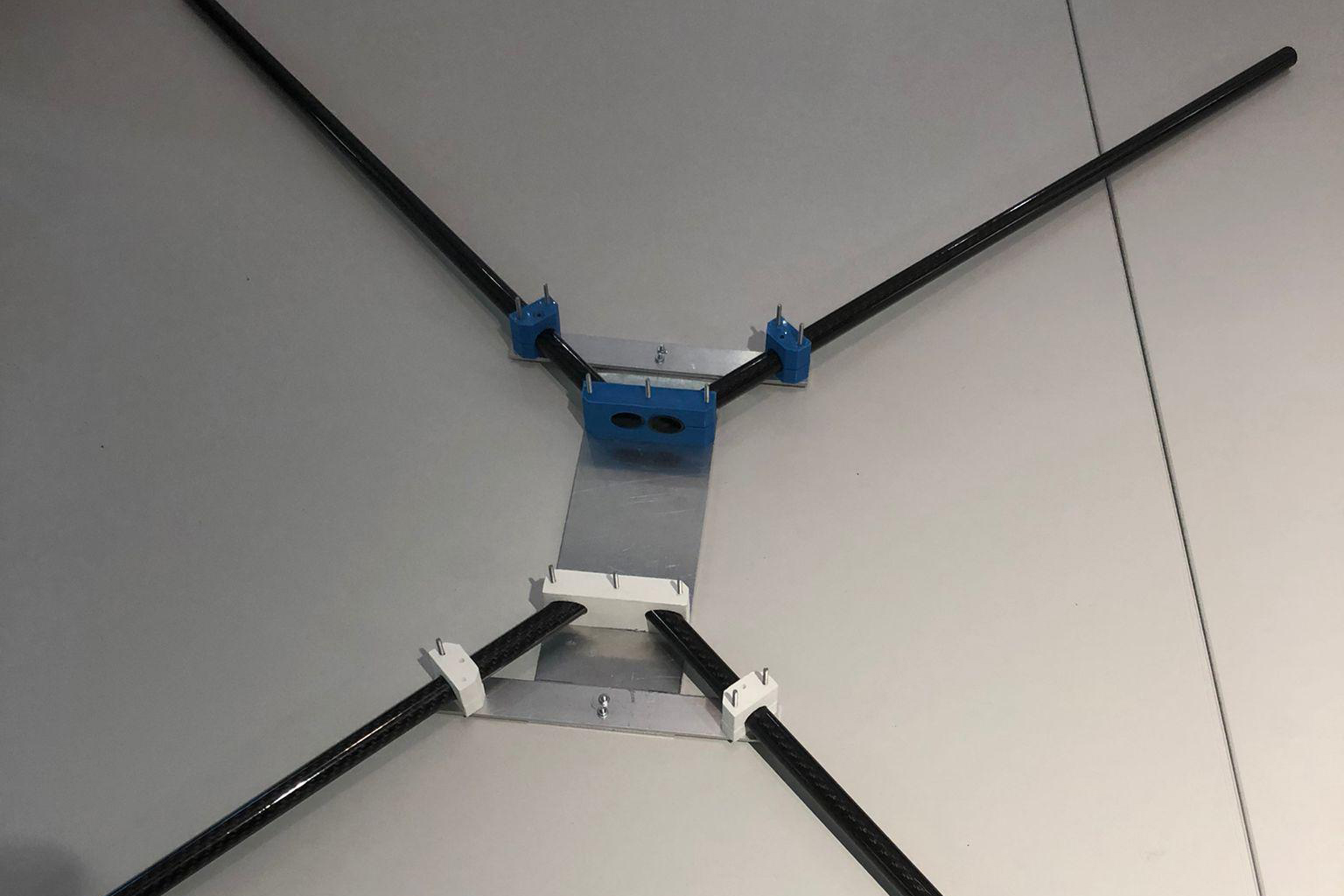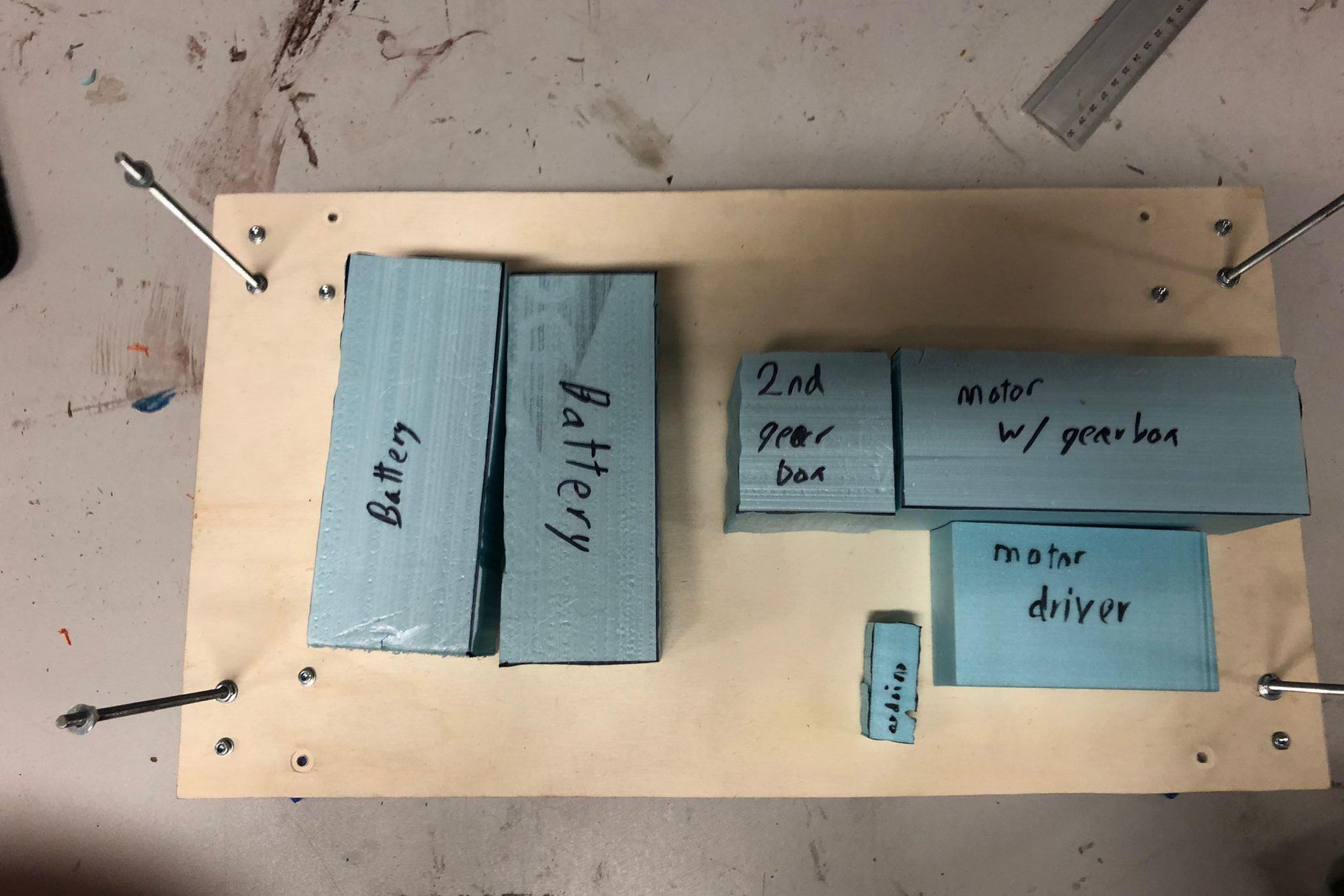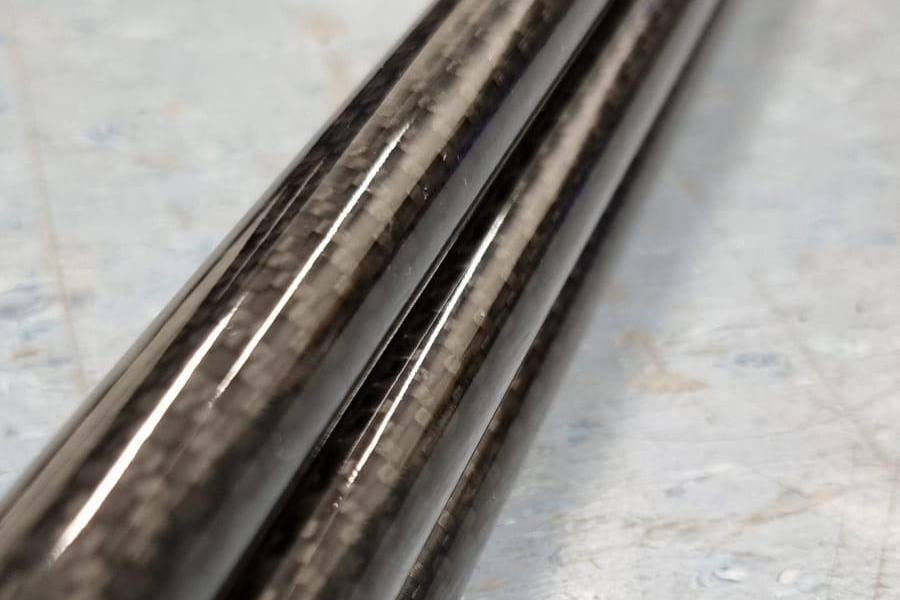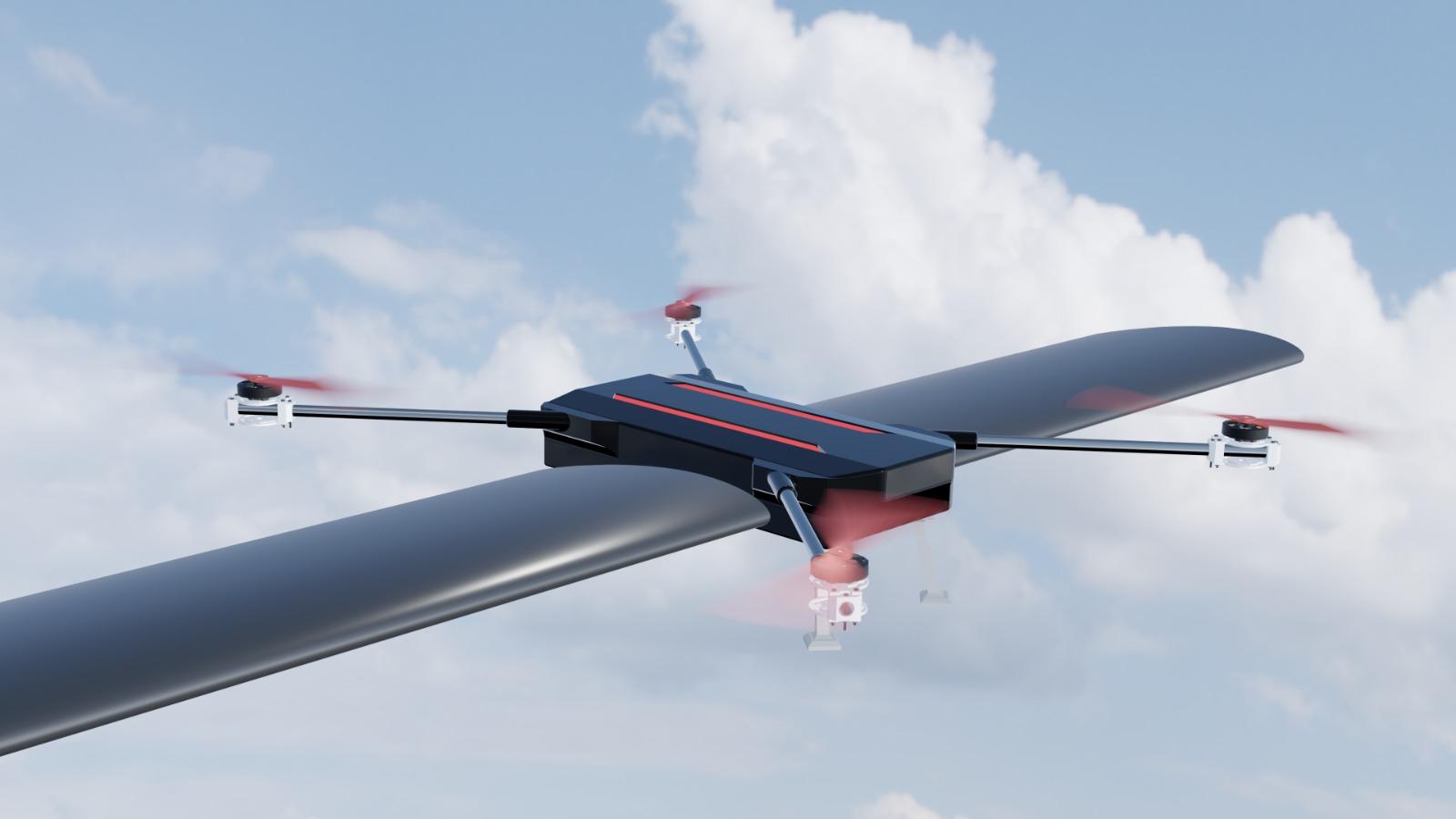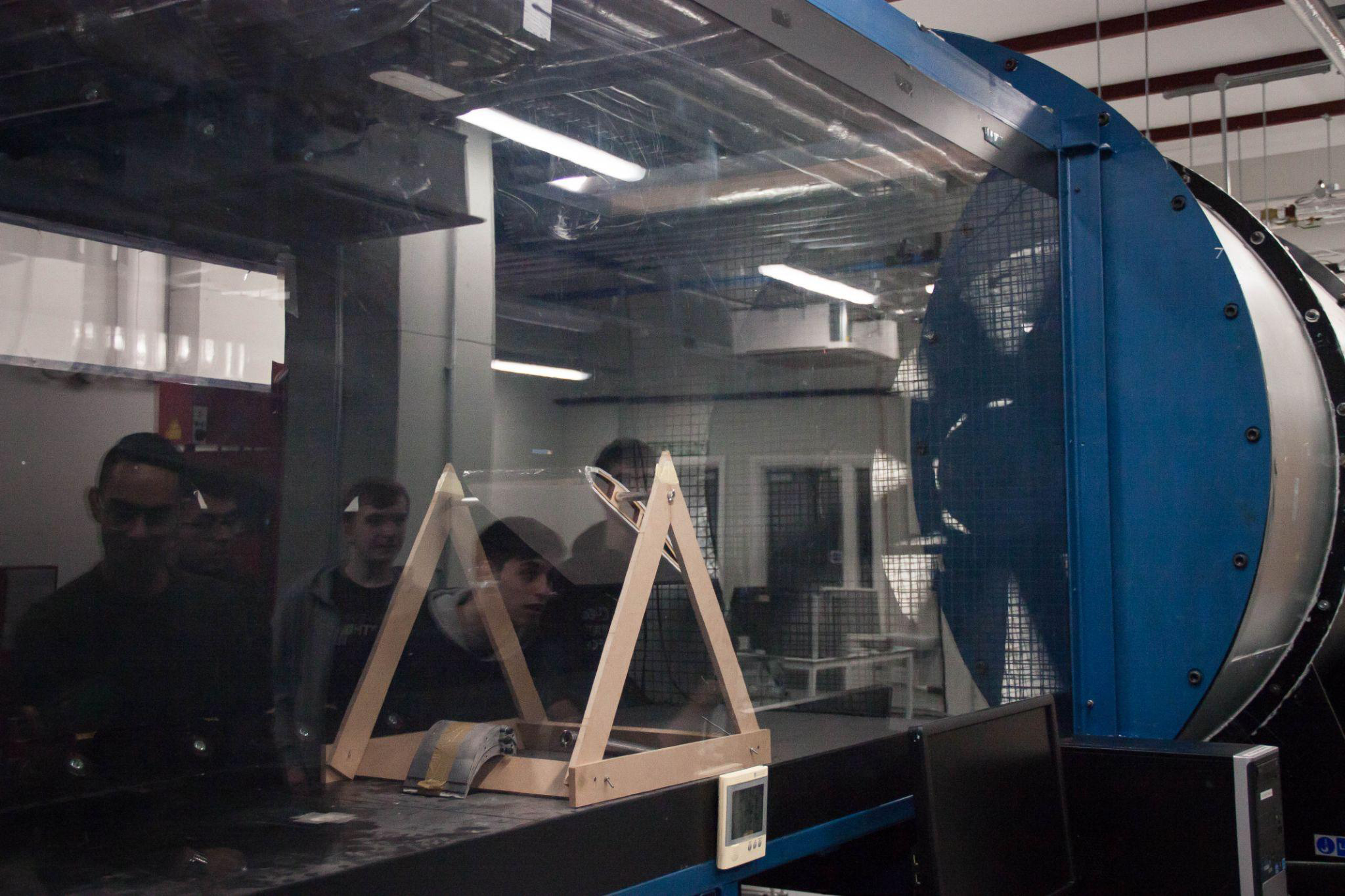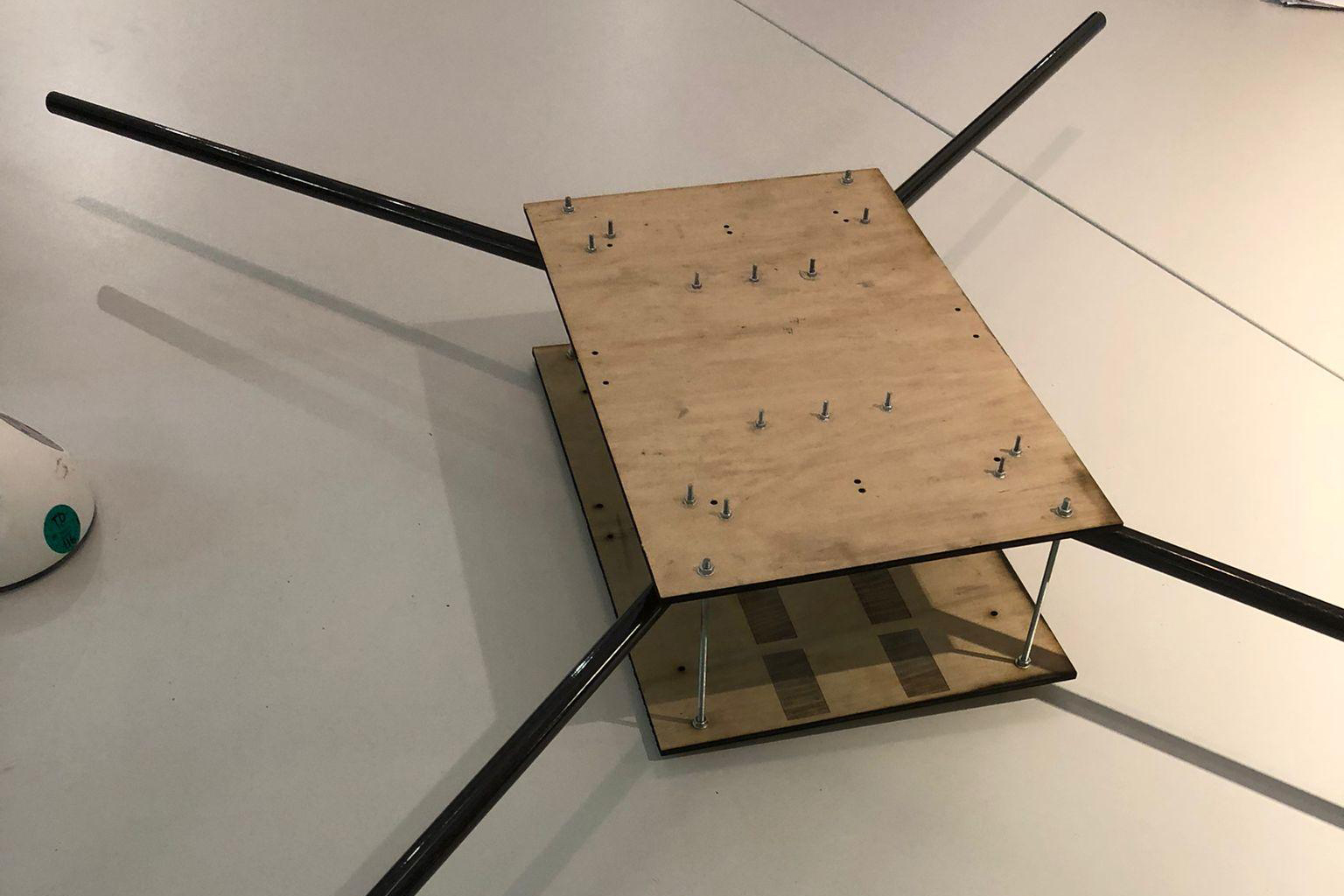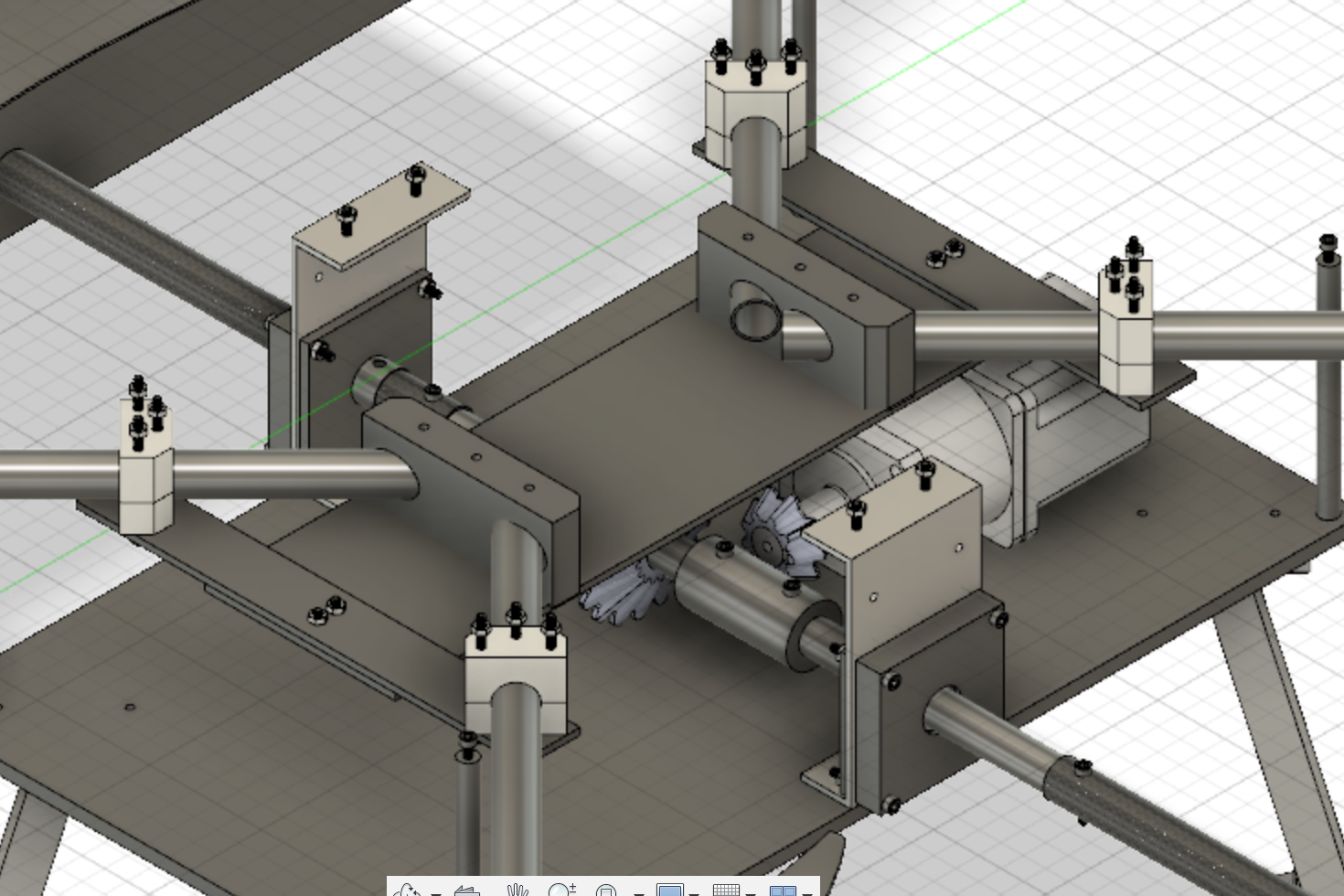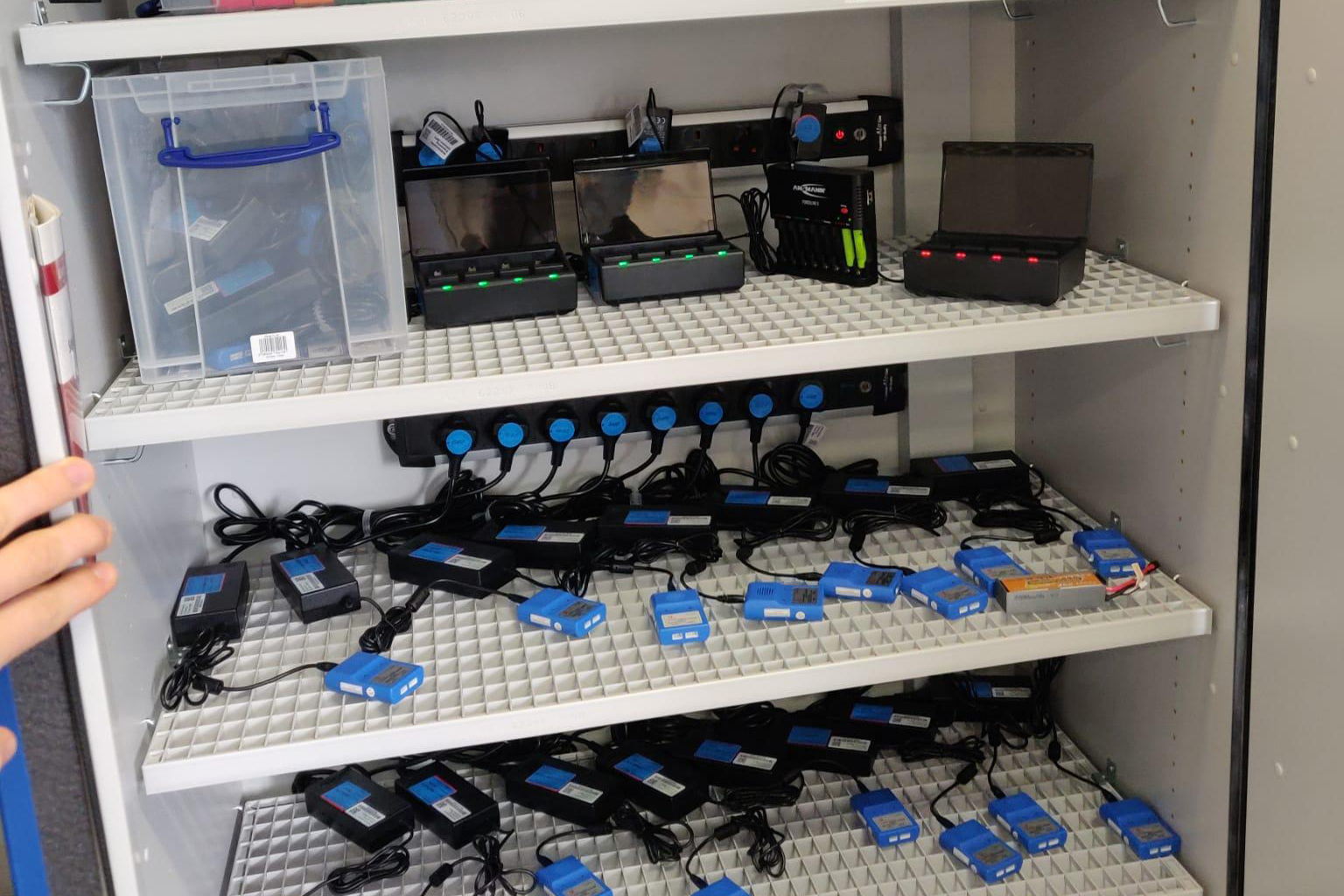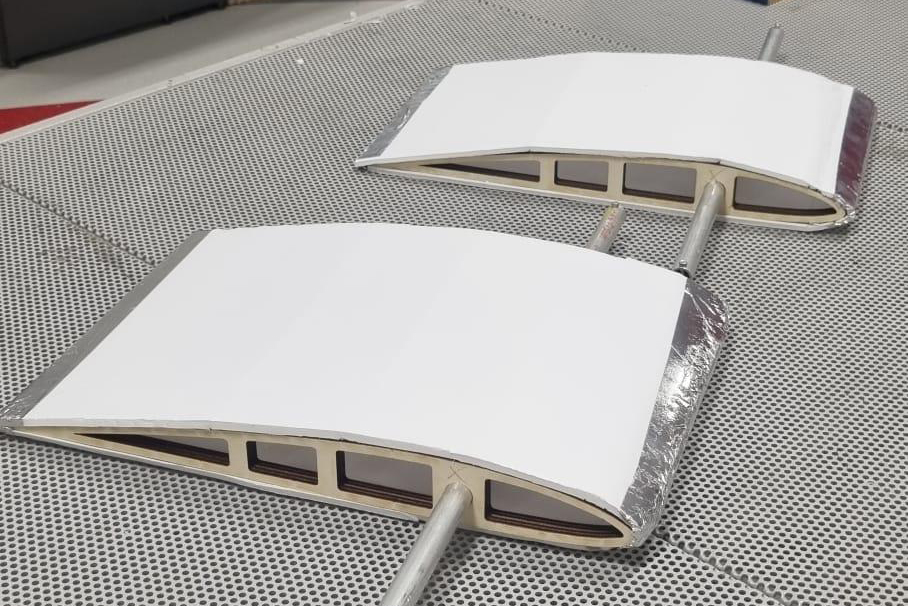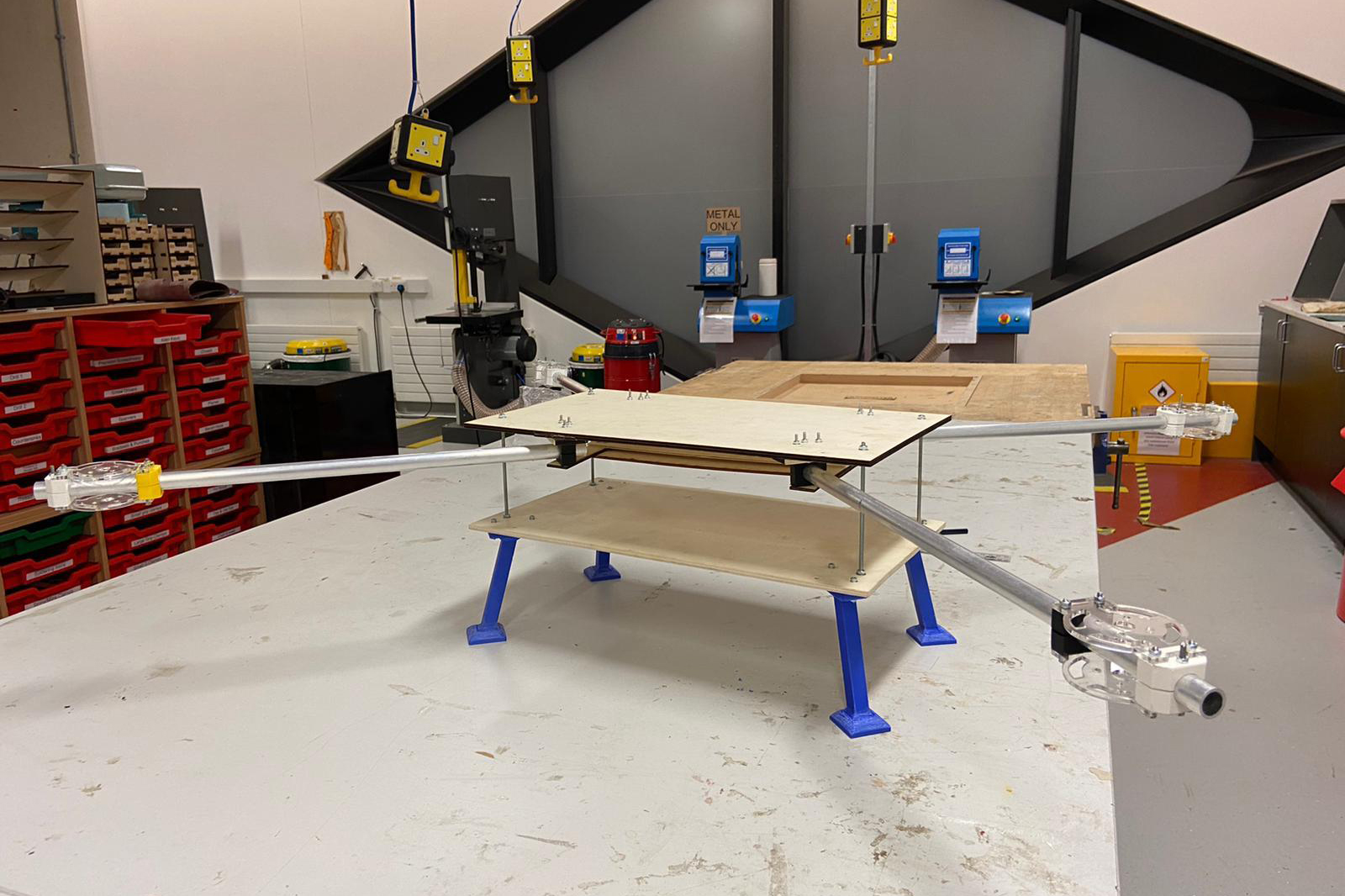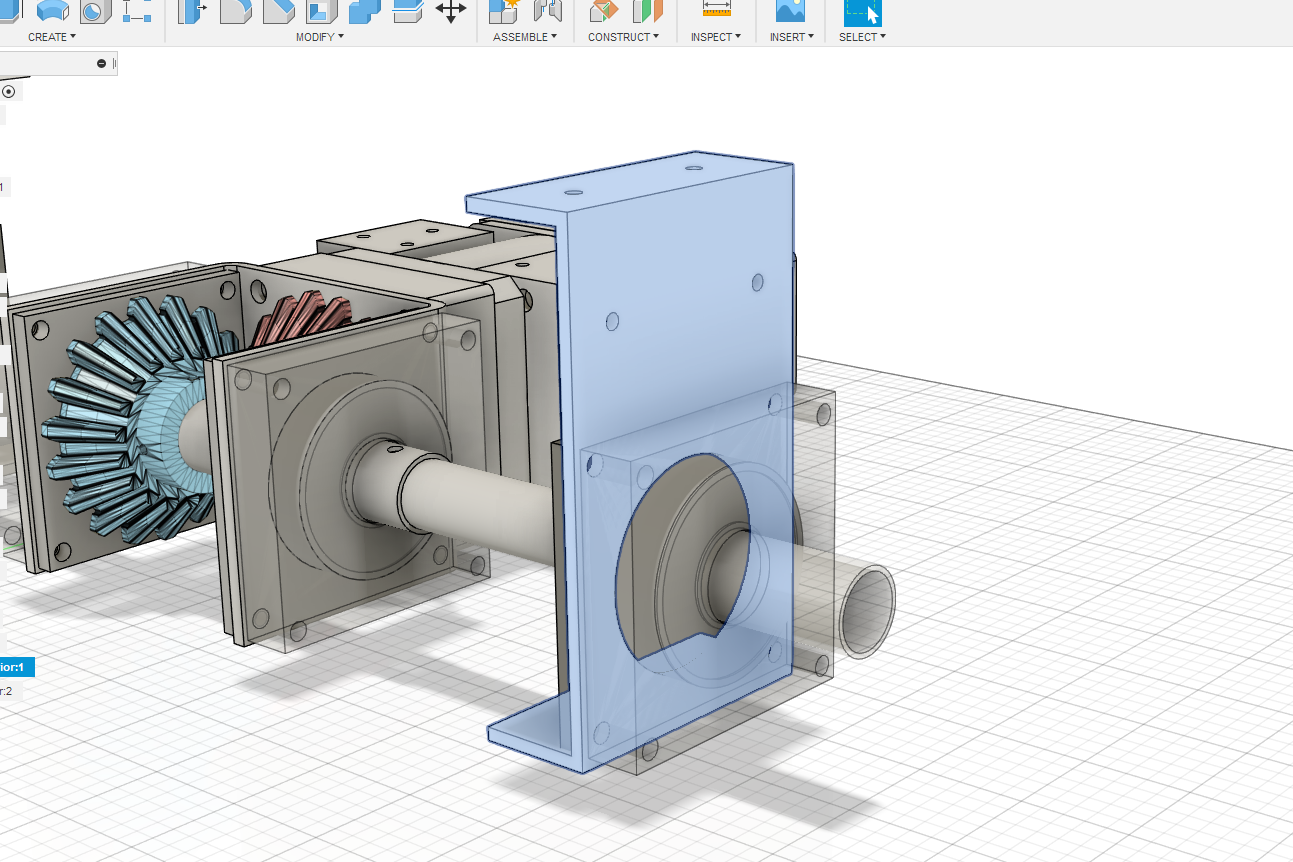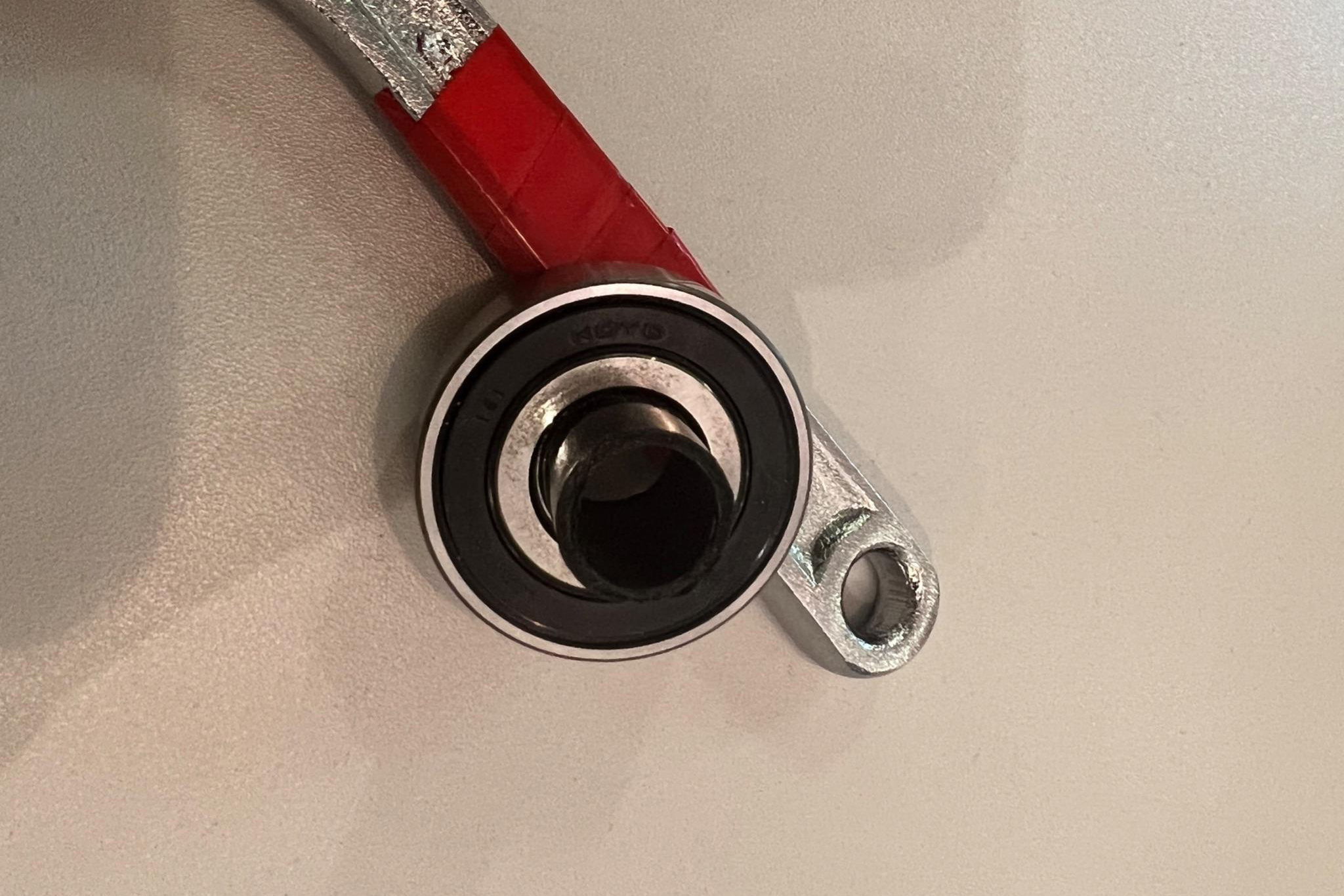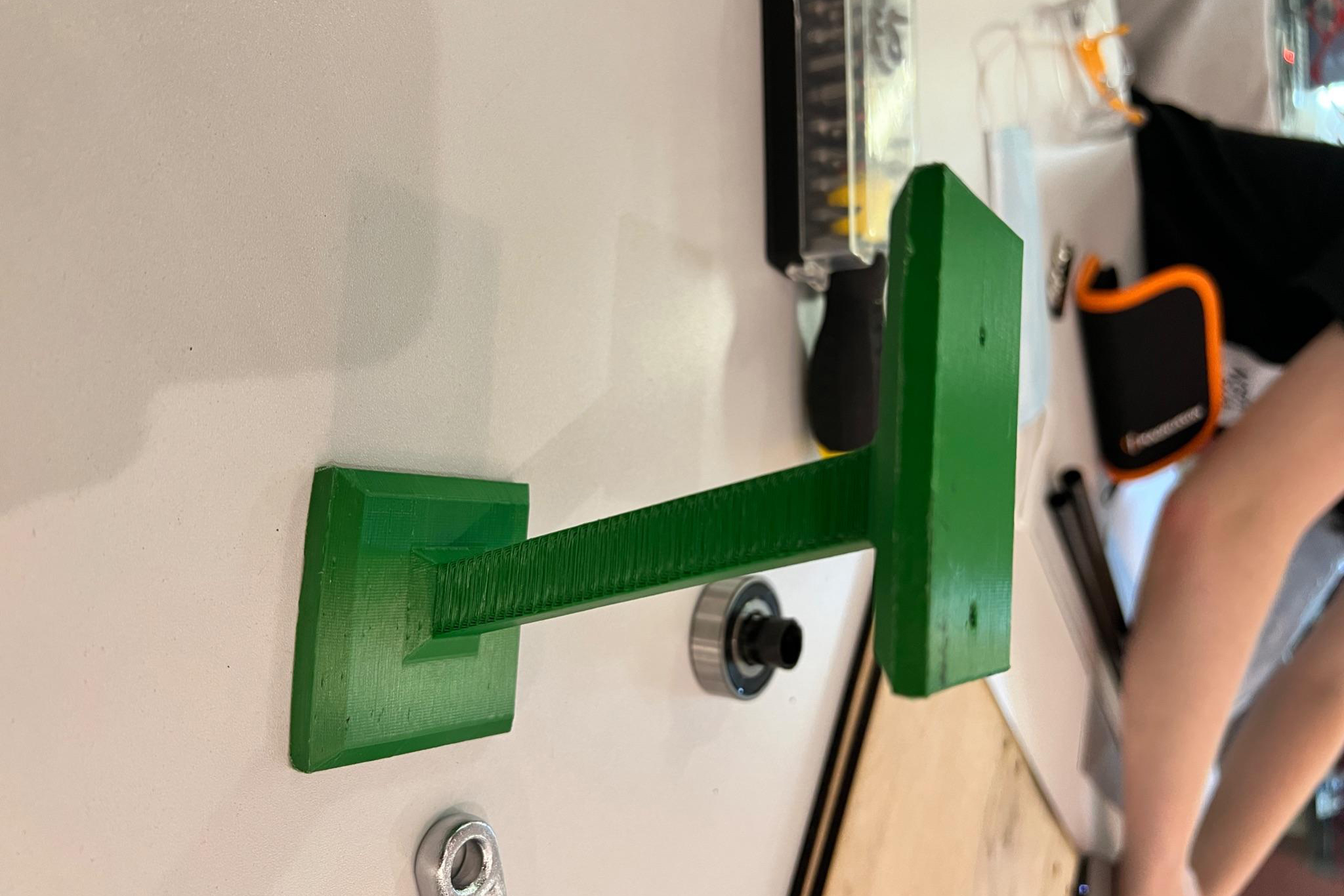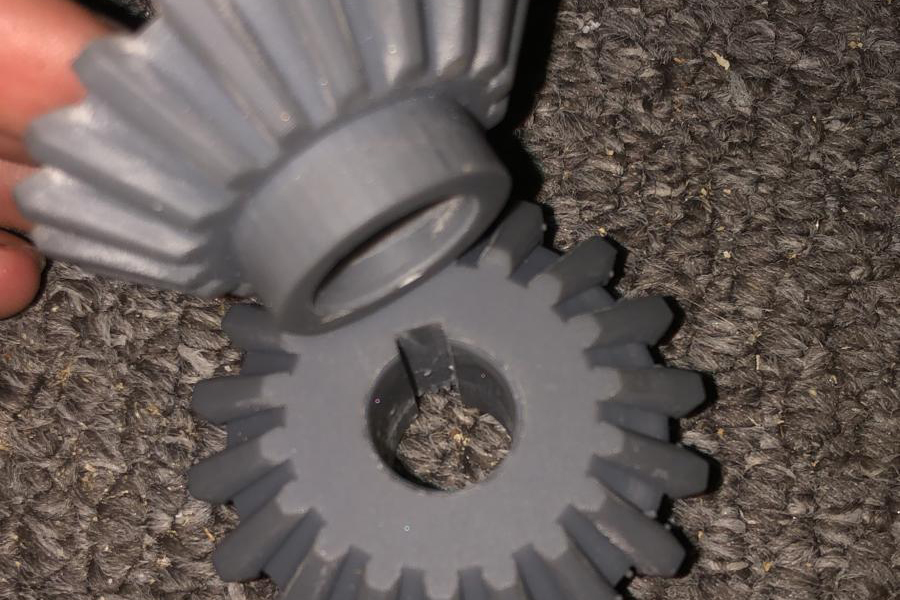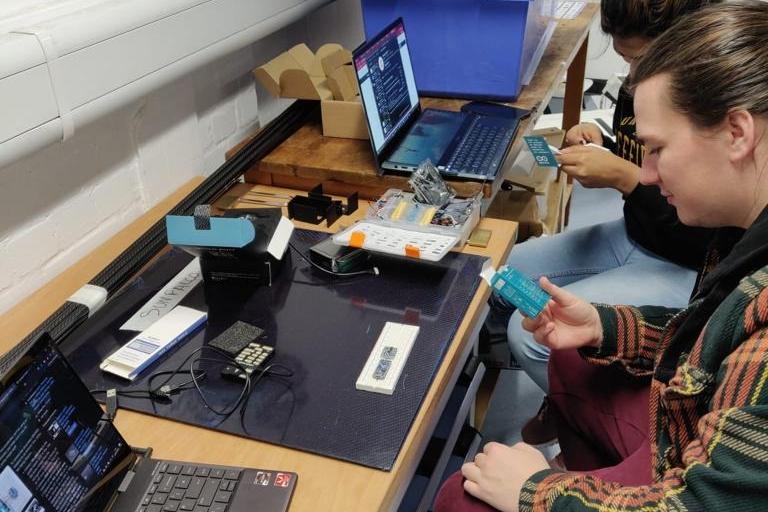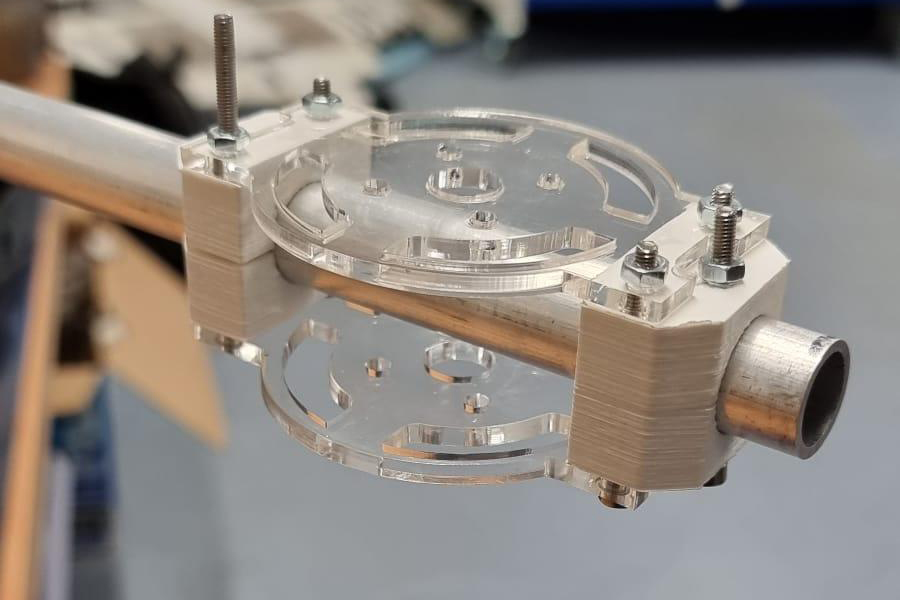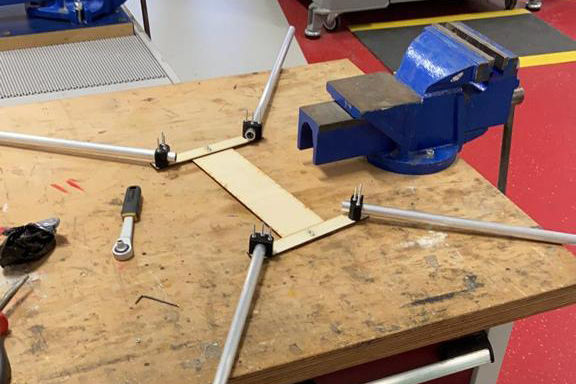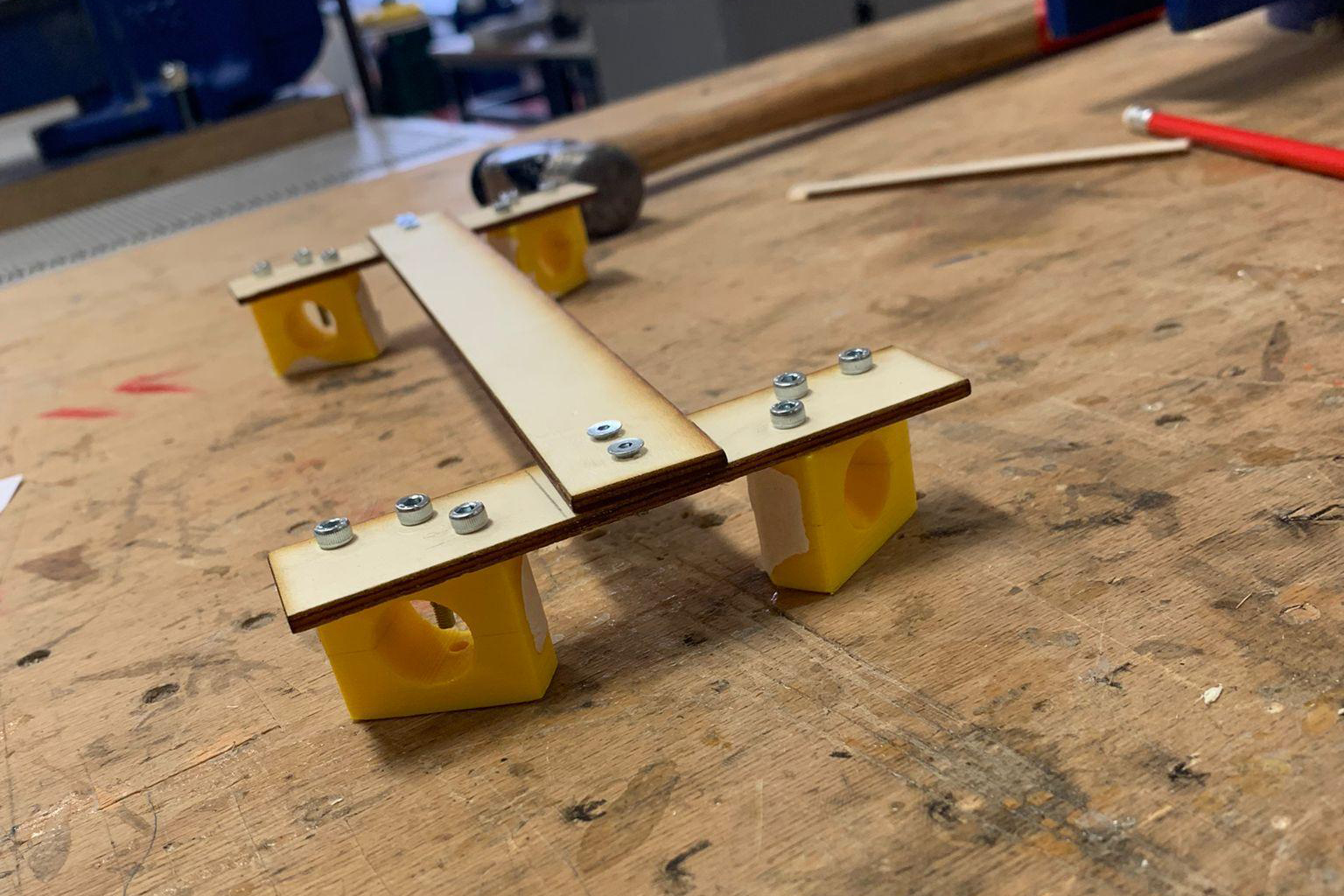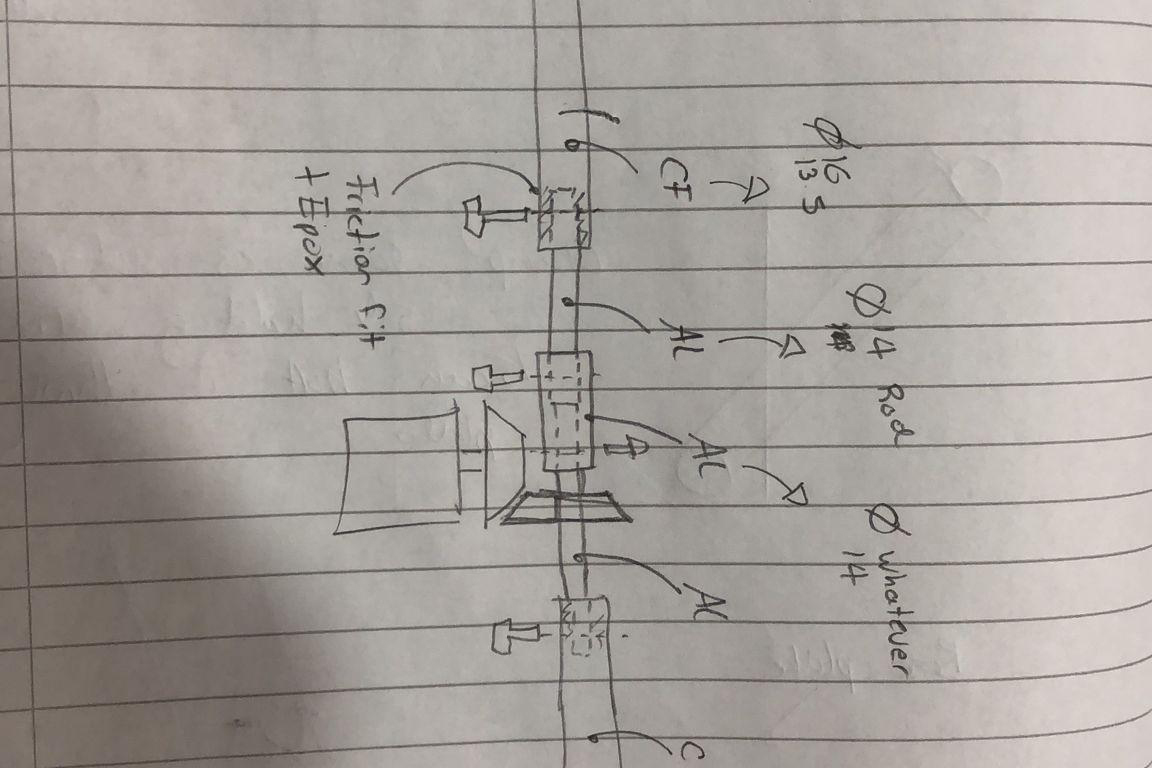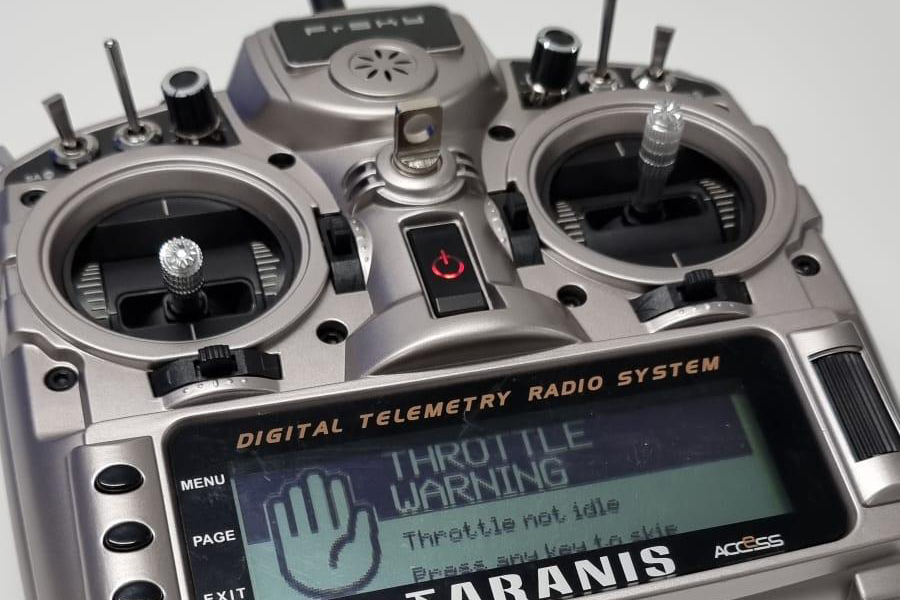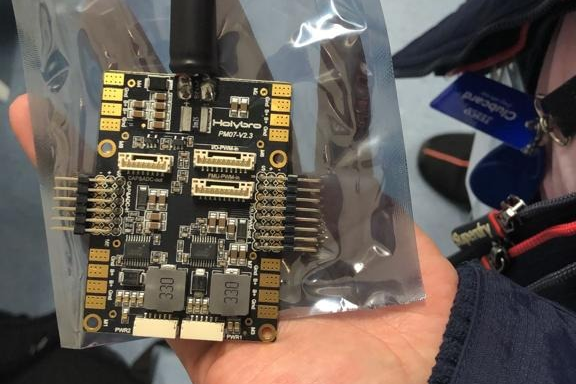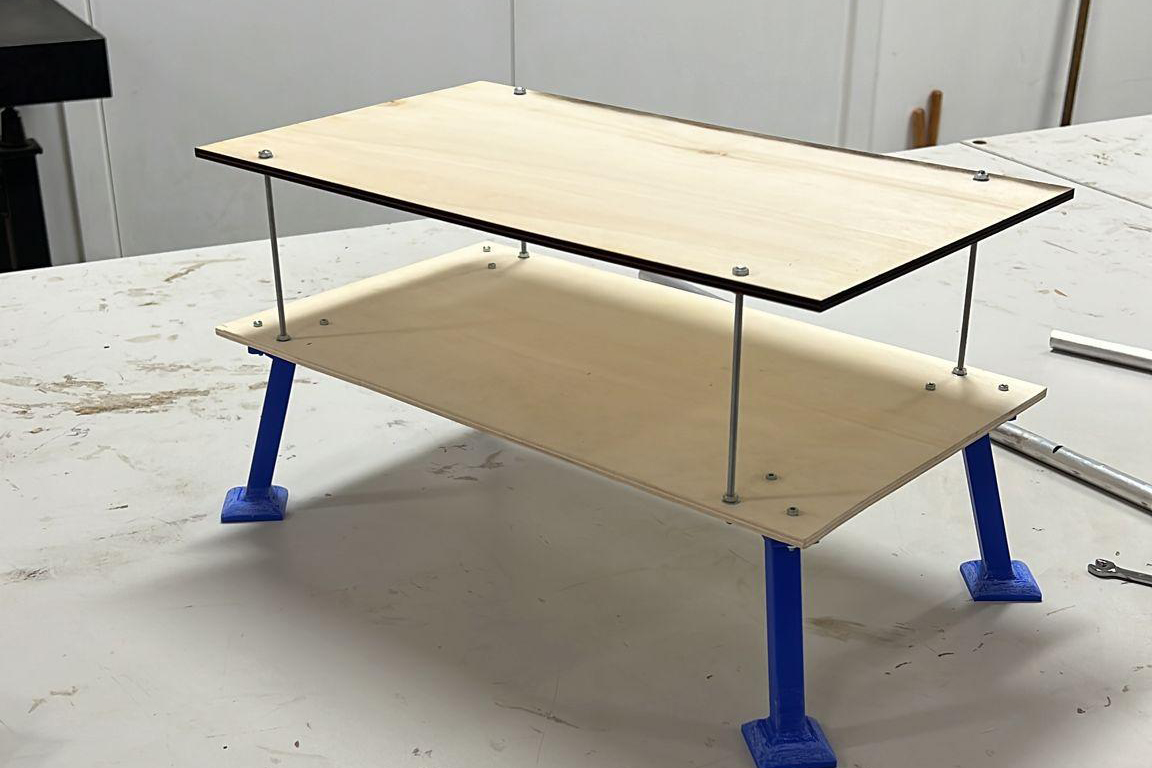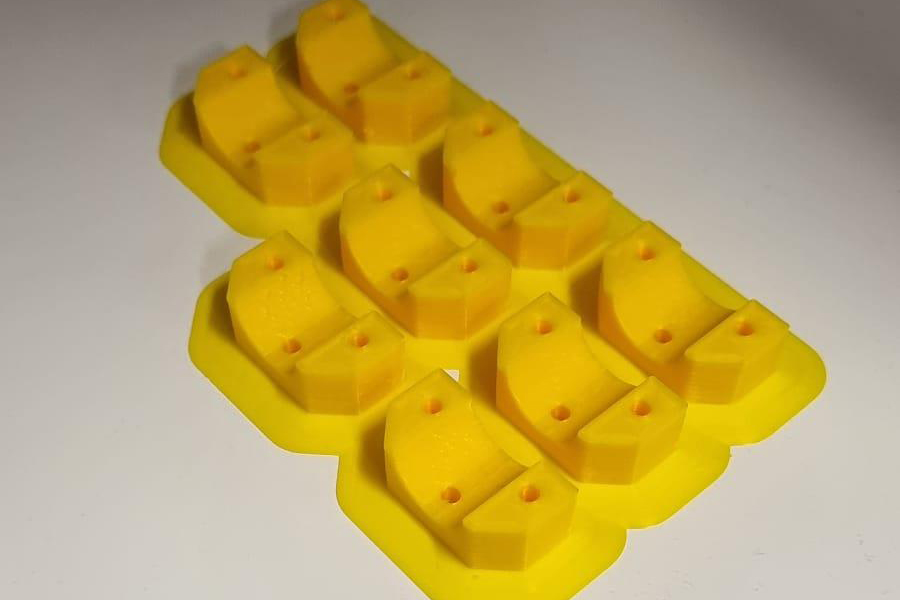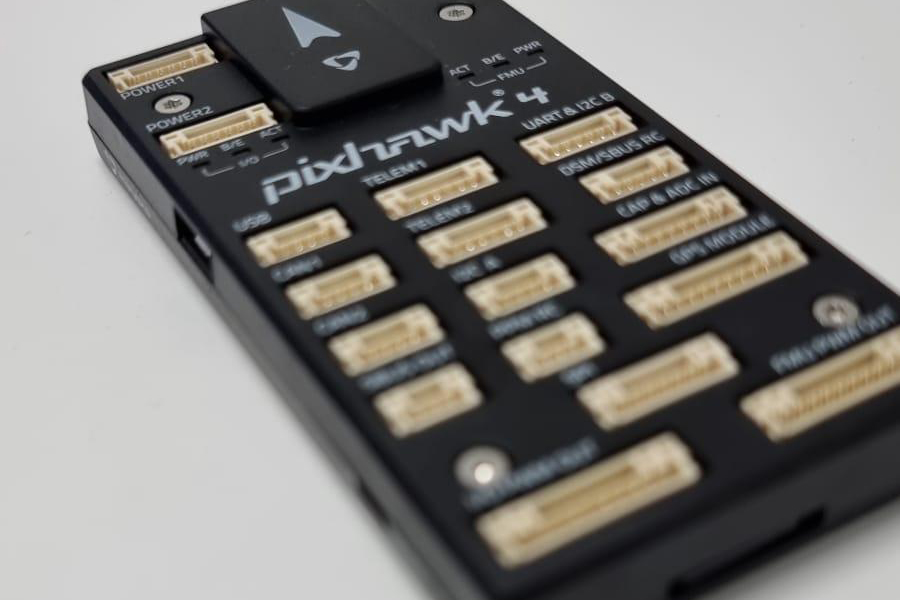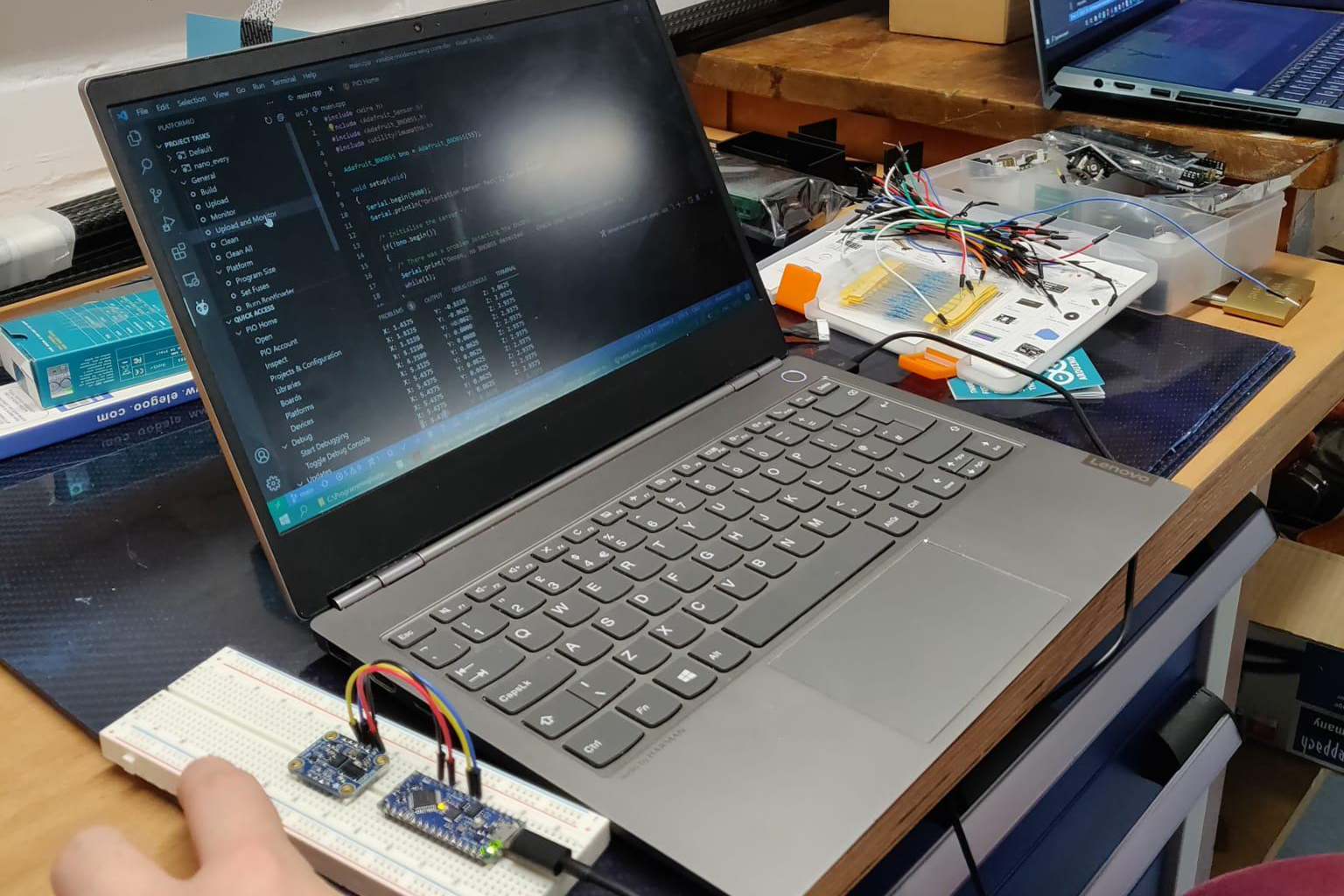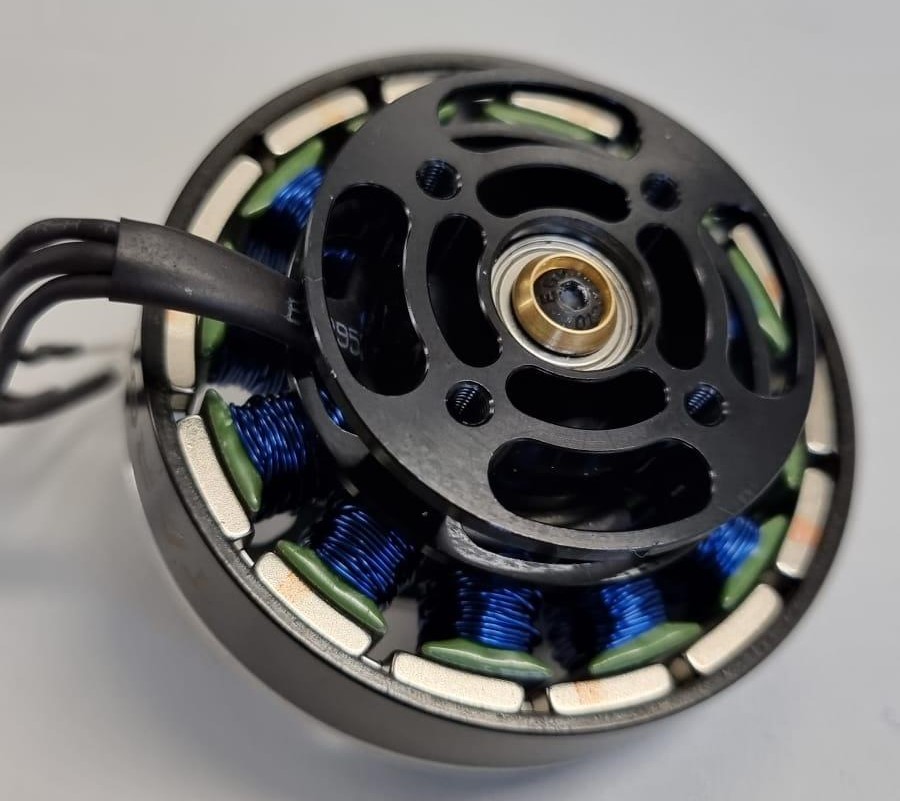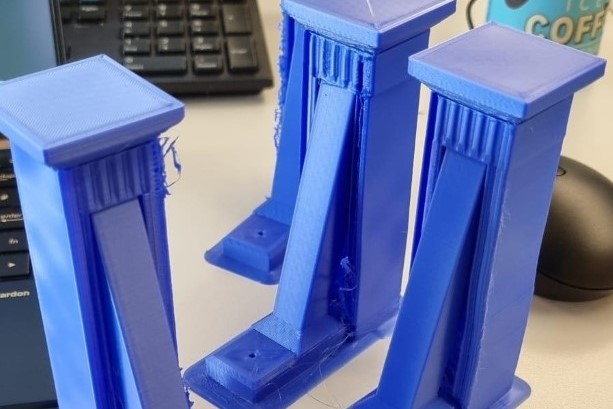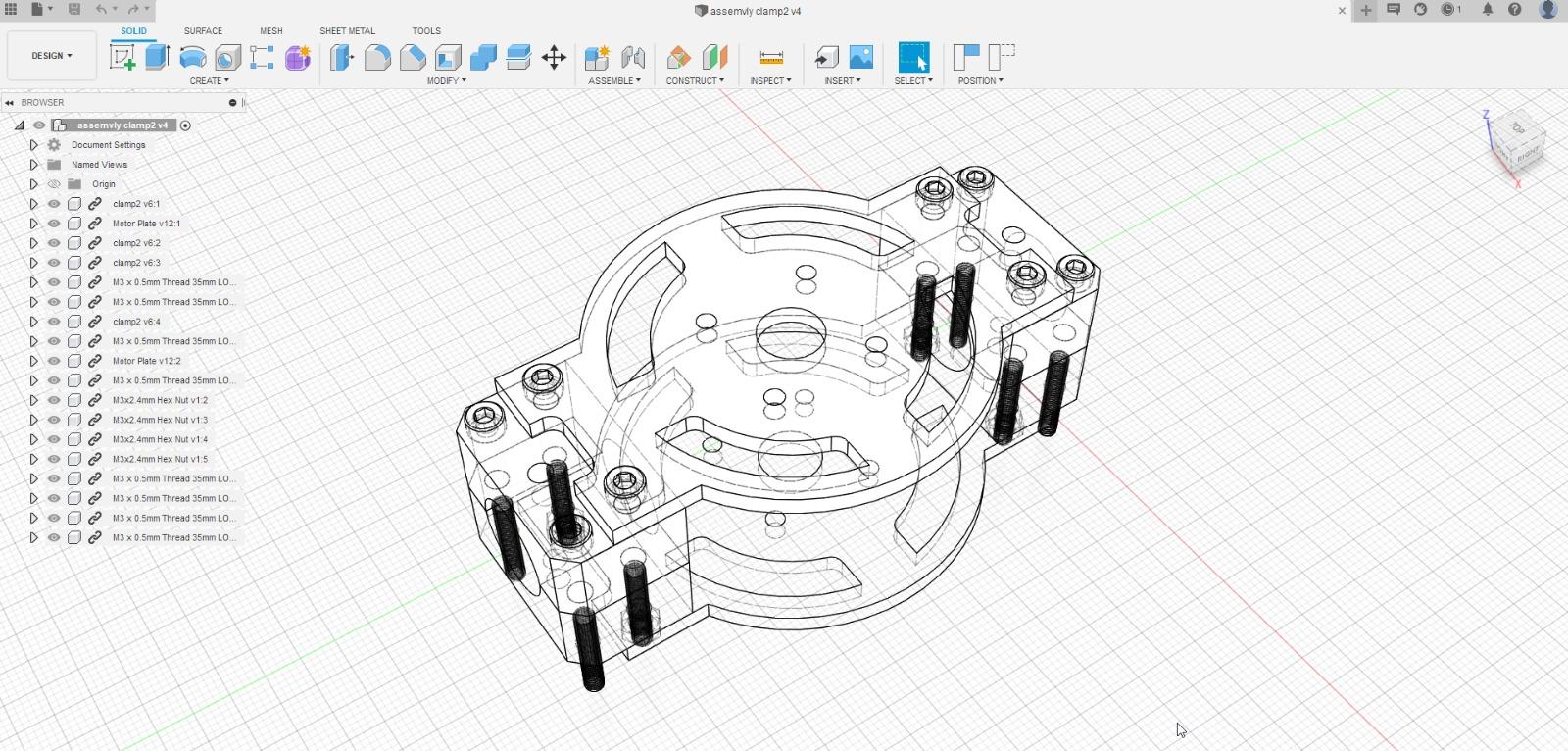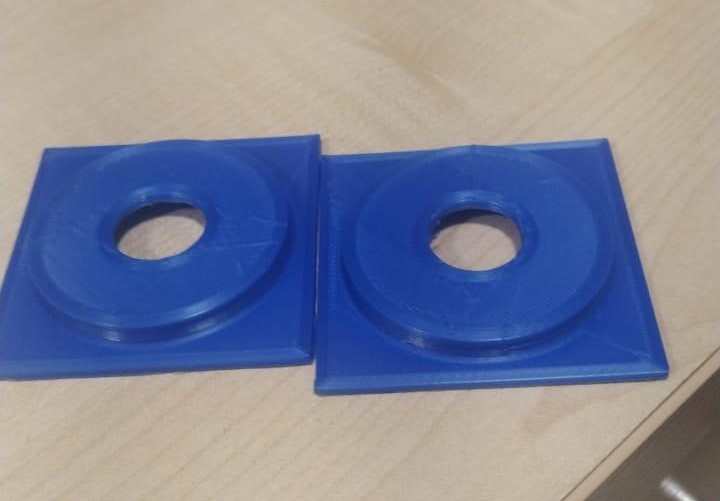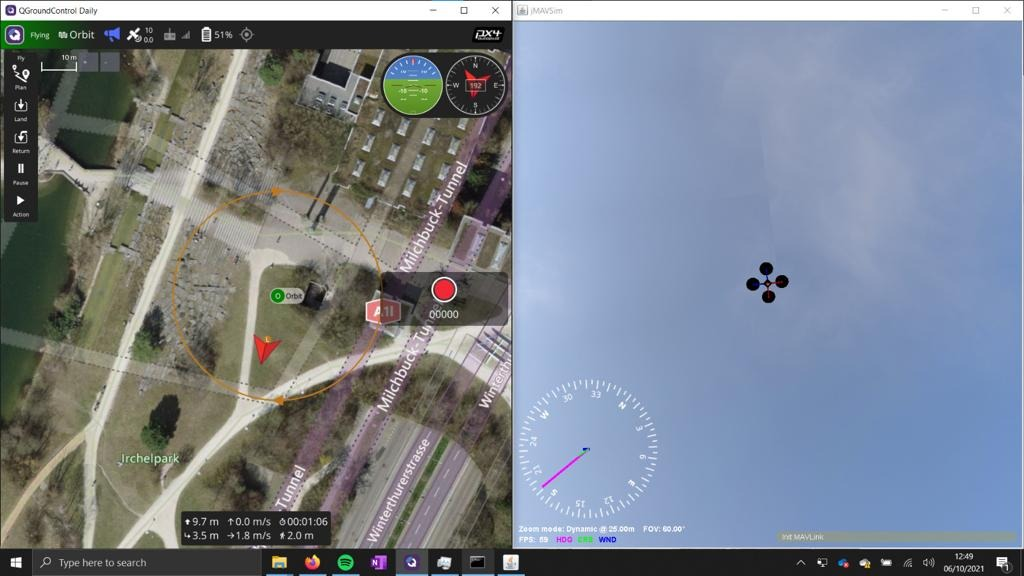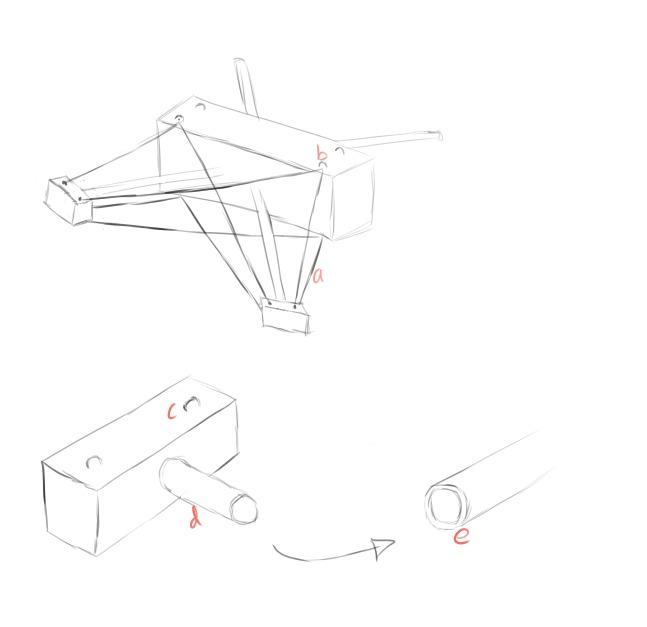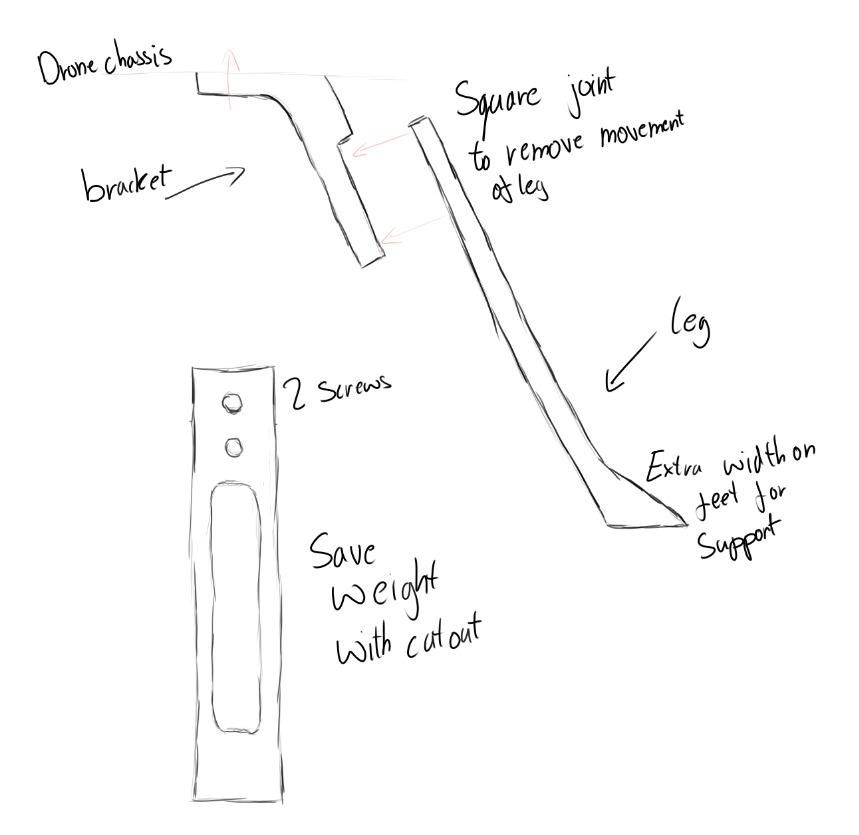IMechE UAS Challenge:
We’re branching out to enter the UAS challenge, which will kick off this month ending with a final fly-off event in June 2023. The challenge involves creating a fully autonomous drone which will complete a set of tasks, such as navigating to various waypoints, dropping a payload, and a specialised image recognition mission. The competition will also involve us creating a Ground Control System to interact with the drone and receive live telemetry and health data from the drone.
Variable Incidence Winged Drone:
We planned to have Falcon’s maiden flight by September this year, however, we now anticipate this taking place in March 2023. We’re trying our best to fix our variable winged drone so we can get up and flying skyward, to start collecting data in the hope of writing a research paper on it in the future.
Team Updates:
Our aim is to split the sub teams (avionics/missions, flight dynamics and structures) so part of the team can focus on our research drone, whilst the rest can concentrate on our new competition drone. We’ve high hopes of beating teams from other participating universities across the country.
